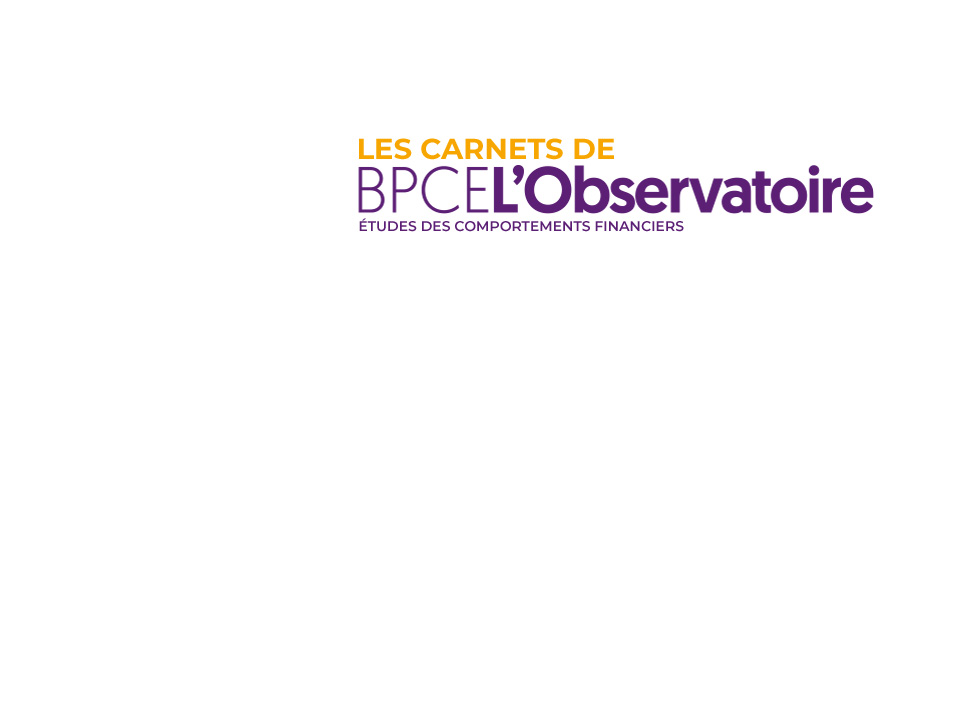

Company transfers: French industry case study
Building on research devoted to the transfer of SMEs published in the BPCE L'Observatoire Notes on May 14, 2019, the focus of attention has been concentrated on the industrial sector. While the business transfer rate noted in French industry is somewhat higher than the overall average, this generally positive diagnosis should be qualified according to the type of activity in question. Explanations provided below.


If companies in the metallurgy or chemical, agri-food or IT industries enjoy high transfer rates likely to facilitate their renewal, this is less true for the automotive industry or companies manufacturing plastic or metal products. The situation is more worrying for companies in the printing, wood-working or textile industries, which suffer from a low transfer rate and a higher propensity to disappear.
The three sectors mentioned above also rank among those most vulnerable to ageing, with a proportion of proprietors aged 66 or more in excess of 12%. This does not mean, however, that the other industrial specialties are immune to this threat. On the contrary, business transfer rates, which (it is true) are higher and sometimes higher than the average, are frequently too low to halt the overall ageing of their proprietors, an extremely visible trend in the metallurgy, automotive, plastics, chemicals, and paper & cardboard industries.
In general, industry (excluding agri-food) is the sector where ageing most increased during the 2013-2016 period and where the rate of business sales at the end of the proprietor’s professional life fell the most: by 44% for the over 60s and 54% for the over 65s. In the majority of industrial sub-sectors, the proportion of proprietors in the above-60 age group is between 25% and 30% (against 21% for SMEs on average), with the proportion of over-65s standing at between 9 and 16%.
The data on transfers over the last few years shows that non-family transactions peak when the proprietor is aged 62-63. After the age of 67, it is equally likely that the company will be sold, transferred within the family, or disappear.
There consequently exists the highly specific risk that the next few years will see the continuing ageing of SMI proprietors. This will have two consequences: investment in the sector lower than its potential, and an increase in the business disappearance rate that has started to make itself felt in recent years.
